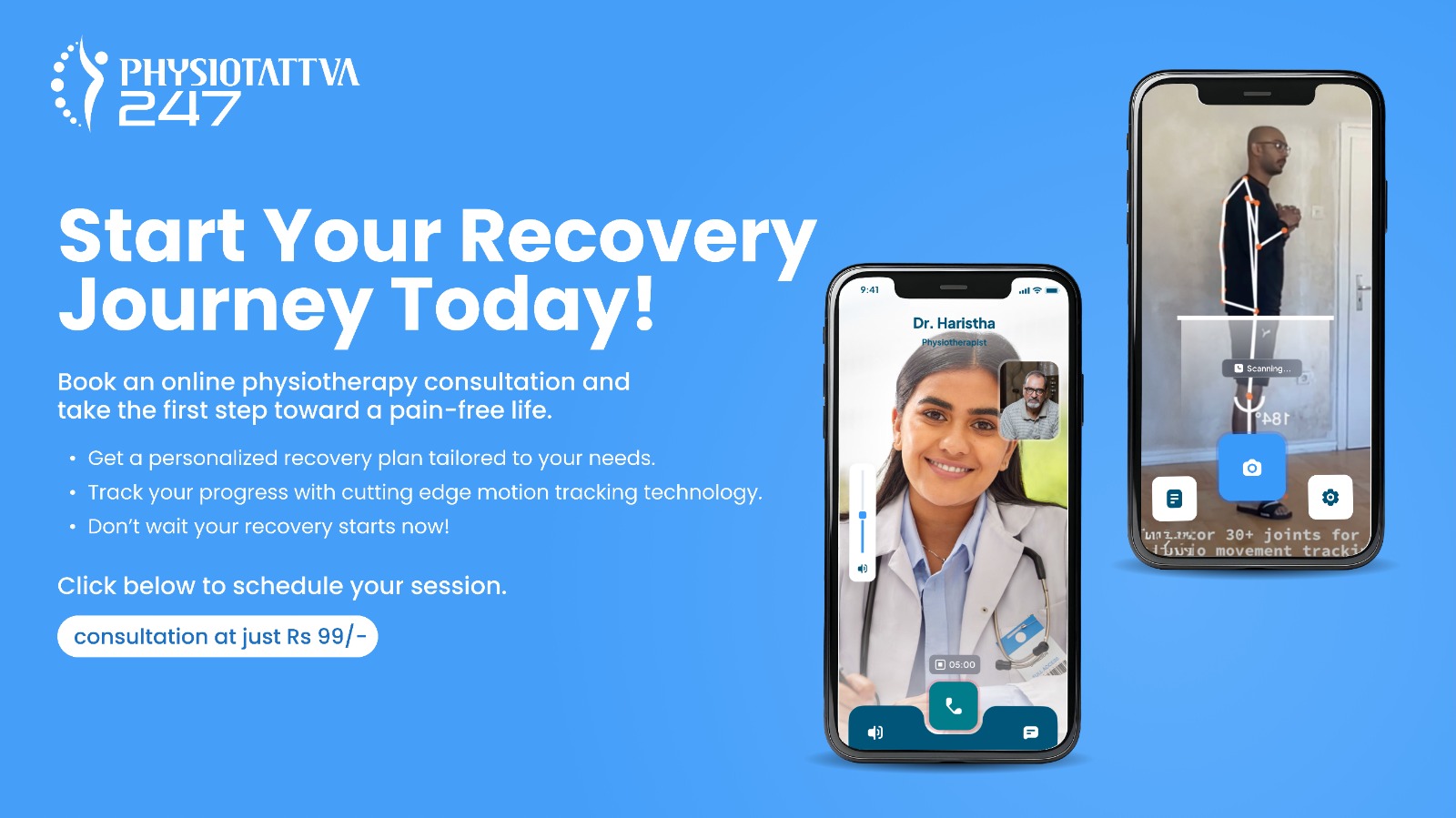
Published Date:
March 19, 2024
Last Updated Date:
October 30, 2025
Table of Contents

Published Date:
March 19, 2024
Last Updated Date:
October 30, 2025
Recent Blogs
Get in touch
Thank you! Your submission has been received!
Oops! Something went wrong while submitting the form.
Blog Categories
Popular Blogs
Get In Touch
Thank you! Your submission has been received!
Oops! Something went wrong while submitting the form.
Reach out to us
Thank you! Your submission has been received!
Oops! Something went wrong while submitting the form.



.webp)
.webp)

-min.webp)


